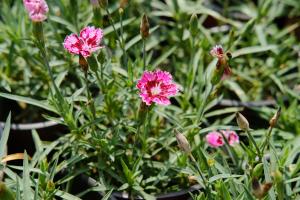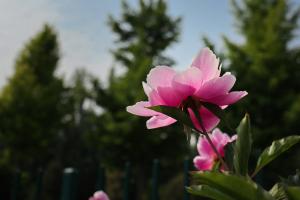What's the Best Potting Soil for Indoor Plants
Choosing the right potting soil for your indoor plants can play a crucial role in the success of your indoor garden. The soil you choose will impact the amount of water and nutrients your plants receive, as well as the overall health and longevity of your plants. In this article, we will discuss some of the key considerations to make when choosing the best potting soil for your indoor plants.
Consider the Needs of Your Plants
One of the most important factors to consider when choosing the best potting soil for your indoor plants is the specific needs of your plants. Different plants require different types of soil, based on factors such as their natural habitat, preferred pH level, and nutrient requirements. For example, succulent plants tend to prefer soil that is more sandy and well-draining, while tropical plants may require richer, more nutrient-dense soil. Do your research on the species of plants you plan to grow, and choose a potting soil that is tailored to their needs.
Choose High-Quality Ingredients
The quality of the ingredients in your potting soil can also impact the growth and health of your plants. High-quality potting soils are often made with organic materials, such as sphagnum peat moss or coconut coir, which provide excellent water retention and aeration. Other ingredients to look for may include perlite, vermiculite, or compost, which can help to improve soil structure and nutrient absorption. Avoid potting soils that contain excessive amounts of sand, clay, or other heavy materials, which can lead to poor drainage and root rot.
Consider the pH Level
pH is another important factor to consider when choosing the best potting soil for your indoor plants. Most plants prefer soil with a pH level between 5.5 and 7.5, although specific requirements can vary based on the species. You can test the pH level of your potting soil with a soil pH meter, or by sending a sample to a soil testing laboratory. If your potting soil has a pH level that is too high or too low, you can adjust it by adding organic materials or amendments, such as sulfur or lime.
Take Drainage into Consideration
Good drainage is essential for the health of your indoor plants. Without adequate drainage, excess water can accumulate around the roots of your plants, leading to root rot or other fungal diseases. When choosing the best potting soil for your indoor plants, look for a soil that is well-draining and allows excess water to easily flow through the bottom of the pot. Adding perlite or sand to your potting soil can also help to improve drainage.
Conclusion
Choosing the best potting soil for your indoor plants can be a challenge, but by considering the specific needs of your plants, choosing high-quality ingredients, testing the pH level, and taking drainage into consideration, you can ensure that your plants thrive and grow strong. By investing in a quality potting soil, you can enjoy a lush, thriving indoor garden that brings joy and beauty to your home for years to come.

 how many times do yo...
how many times do yo... how many planted tre...
how many planted tre... how many pine trees ...
how many pine trees ... how many pecan trees...
how many pecan trees... how many plants comp...
how many plants comp... how many plants can ...
how many plants can ... how many plants and ...
how many plants and ... how many pepper plan...
how many pepper plan...






























